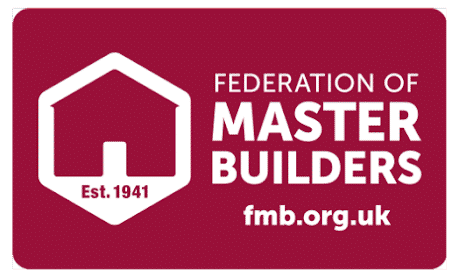Mould behind pvc bathroom cladding?
Hi all, I’m needing a bit of advice from someone who knows more about this! We moved into a housing association house just over a year ago and we have a wet room which consists of safety flooring and plastic/pvc wall panels. We’ve recently had the flooring replaced as the old was illegal, but I’m fairly certain that there is going to be a lot of mould behind the panels on the walls as there is incredibly poor ventilation in the bathroom and there was no sealant and lots of mould from the bottom of the panels in the shower area when we moved in. (We’ve cleaned the mould and they replaced the sealant, although it just seems to have disappeared again?) Is there any way I can test for mould before pushing for the housing association to look at it? I don’t want to argue my point, for them to take the panels off and there not be any mould. I was thinking about getting a moisture meter detector but I don’t know if it would work on pvc panels. Any suggestions on how I can check for this without taking the panels off the walls? Thanks in advance!
==========================
Answer:-
This is a tricky situation, but there are a few potential ways to investigate without removing the panels:
1. Moisture meter: While a standard moisture meter may not work directly on PVC panels, some advanced models can detect moisture through various materials. Look for a non-invasive moisture meter designed for building inspections. These can sometimes detect moisture behind surfaces without direct contact.
2. Thermal imaging camera: If you can access one (some home improvement stores rent them), a thermal camera can detect temperature differences that might indicate moisture or mold growth behind walls.
3. Mold testing kits: You can purchase air quality test kits that sample for mold spores. While not definitive, elevated spore levels in the bathroom could suggest hidden mold growth.
4. Visual inspection: Carefully examine the edges, seams, and any small gaps in the paneling. Look for discoloration, warping, or any signs of moisture seepage.
5. Odor: A persistent musty smell, especially when the bathroom is humid, can be a sign of hidden mold.
6. Document everything: Take clear, dated photos of any visible issues, like missing sealant or previous mold spots. Keep a log of any persistent moisture problems or musty odors.
Before pushing for panel removal, compile your evidence:
– Results from any tests you perform
– Photos and documentation of ongoing issues
– A written record of your concerns and previous repairs
Present this information to the housing association. Emphasize the health risks of potential hidden mold and the importance of proper ventilation. Request a professional inspection, ideally with non-invasive moisture detection equipment.
Remember, even if you can’t definitively prove mold behind the panels, persistent moisture issues and poor ventilation are valid concerns that the housing association should address. Focus on these problems as much as the potential for hidden mold.





